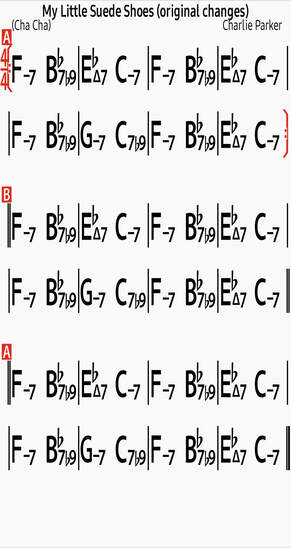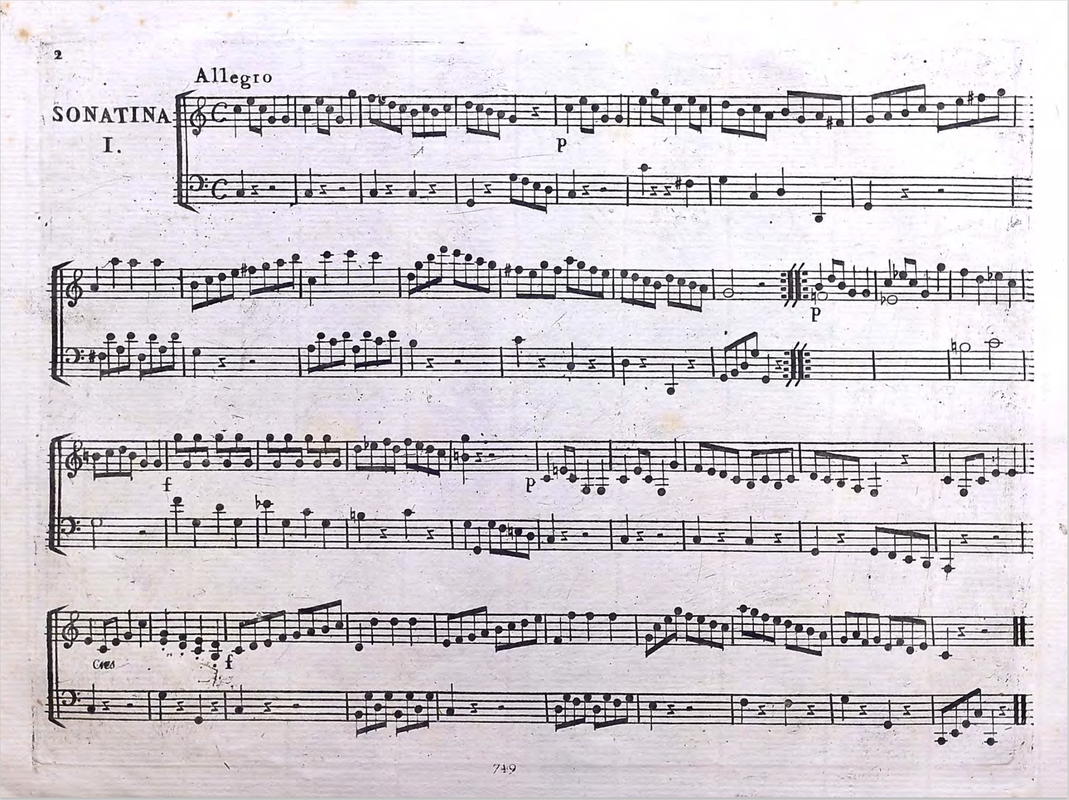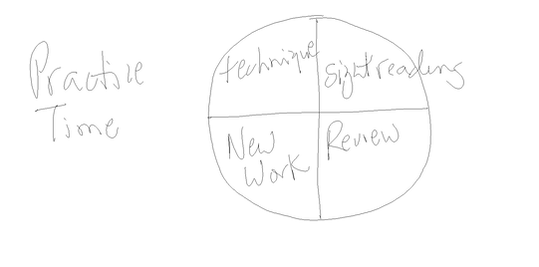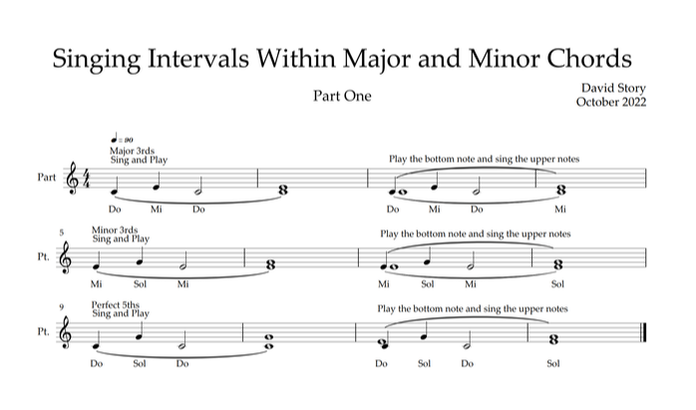|
Louis Armstrong key of Ab Doreen Ketchens, Preservation Hall Dr. John, Rebirth, Al Hirt, Wynton, Tuba Skinny key of F Fats Domino key of Eb
0 Comments
A fine tutorial for students. First Edition 1798-99
Tempo:
None of the artists played with a completely steady beat, in other words, the tempo varied both from section to section and within sections.  Seven unique recordings of the same tune that are worthy of our time and study. This is a tune to learn by ear, without a fakebook, paying close attention to variations of the chord progression.
What to practice, how to practice, how much to practice, when to practice can be sources of anxiety to students preparing for a piano exam. To succeed one must spend time on each area of study.
Try dividing up your time on the piano bench as indicated in the drawing; give equal time to each area. Now if you are like me, your attention span is long as a puppy's. No worries, jump around. But keep track of your time in each area.
Good luck David There is much to learn from listening to each of these recordings, especially the counter-lines played by John Lewis. I would encourage you to learn, by ear, the diverse ways musicians approach the simple blues melody. David
When learning to play Brazilian jazz it is best to go to the primary sources, the original and other seminal recordings recorded in Brazil, both past and present. At the end of this sample of Brazilian recordings is a fine recording by Kenny Barron, who it must be said, has listened to the original recordings. Practice routine? Spend an afternoon playing the melody with the recordings, mimicking as much as possible what you hear. Then add the chords. David
The following is a series of exercises to help you "experience" intervals, taking them out of the theoretical and into the practical. I recommend that you transpose these passages as you learn new patterns. David The Major 3rd, Minor 3rd, and Perfect 5th is just theory until we hear them, experience them, and then apply this understanding to our playing. The following exercise is one way to "experience" these intervals.
|
You've got to learn your instrument. Then, you practice, practice, practice. And then, when you finally get up there on the bandstand, forget all that and just wail. AuthorI'm a professional pianist and music educator in West Toronto Ontario. I'm also a devoted percussionist and drum teacher. Categories
All
|



 RSS Feed
RSS Feed